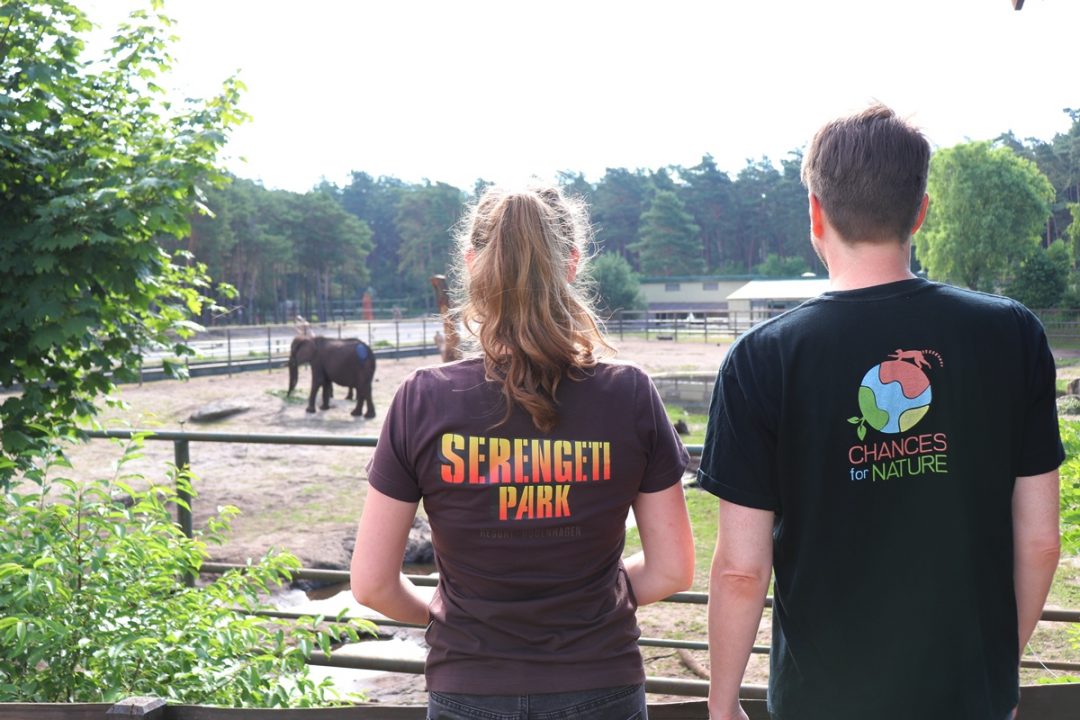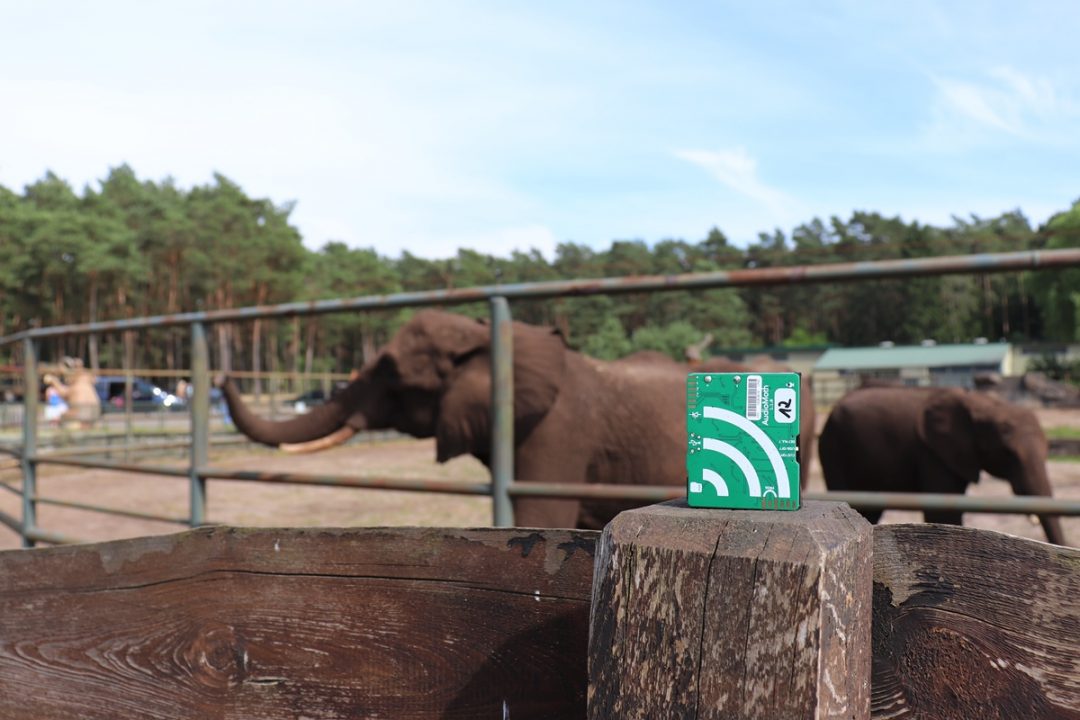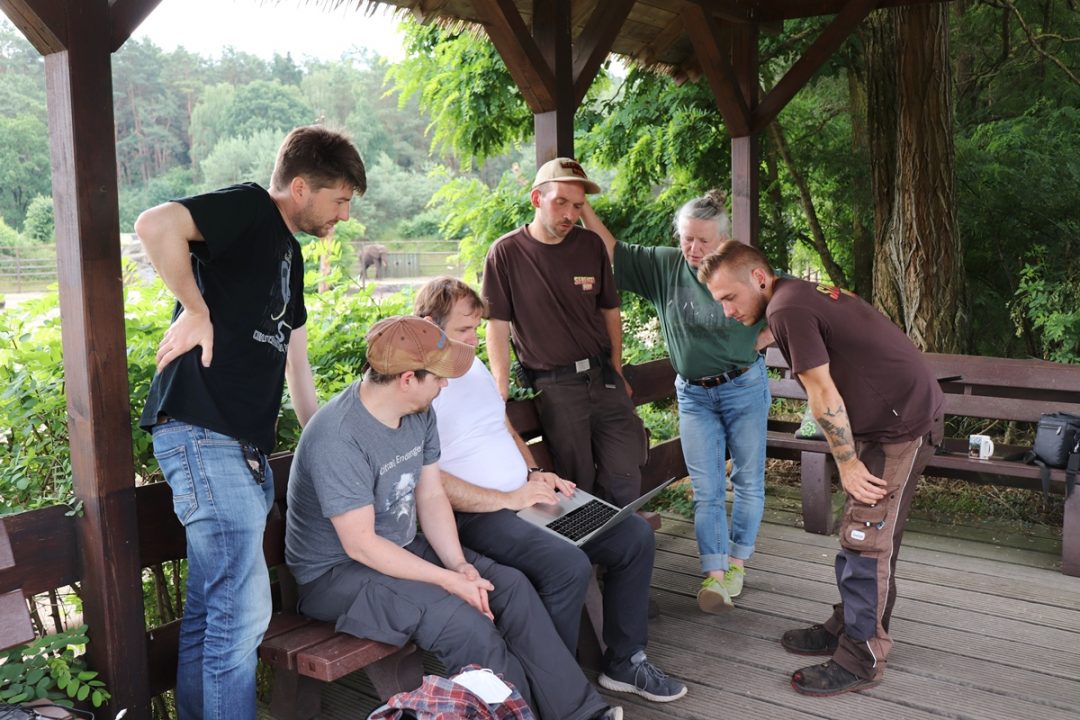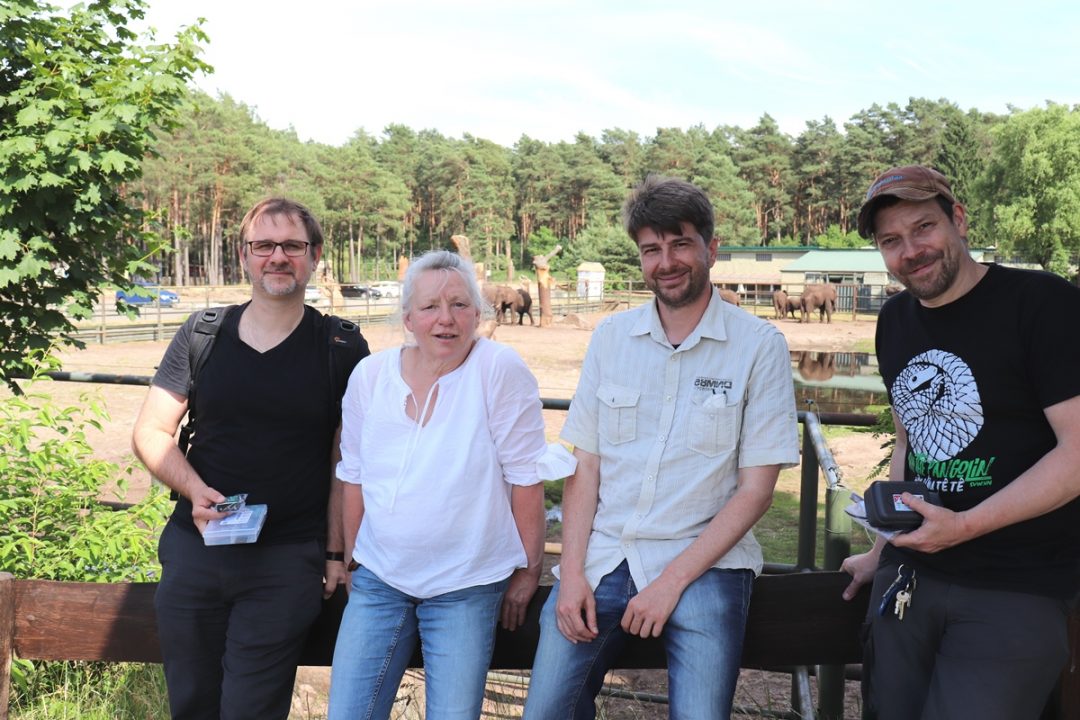Chances for Nature and the Burmese organization Friends of Wildlife are taking care of the protection of Asian elephants in the Indawgyi Lake Biosphere Reserve in Northern Myanmar. Since the northern part of the biosphere reserve is regularly visited by wild elephants and conflicts with local residents should be avoided, effective protective measures for humans and elephants are important. Therefore, the collection of information and reliable data on elephant movements is crucial.
As the terrain on site is quite difficult to reach, collecting reliable data is not easy. That’s why our approach is to track down the elephants through their vocalizations. In fact, some of the elephant communication takes place in the infrasound range, outside the human hearing range. The sounds sometimes carry over several kilometres.
To collect data about the wild elephants, we would like to place special recording devices in the forest of the project area in Myanmar. In order to test the devices in advance, our team visited Serengeti-Park Hodenhagen and its elephants for two days at the end of June 2021. With the support of the park team and the elephant keepers, we have implemented the devices and successfully recorded the sounds of the elephants. The experiment also served to determine the quality of the recordings and at what distance they are possible.
Actually, the elephants at Serengeti-Park are African elephants whose communication differs to a certain degree from the Asian elephants living in Myanmar. However, both species exchange information in the infrasound sector, which makes us optimistic to be able to use the devices successfully in Myanmar. Ultimately, the elephants of Serengeti-Park Hodenhagen help improving the protection of their wild relatives in Asia.
We would like to thank the team of Serengeti-Park for their great support and hospitality!
Wild elephants at Indawgyi Lake Biosphere Reserve
There are currently less than 2000 wild elephants left in Myanmar. Until about 30 years ago, wild elephants were widespread in the area that is now the Indawgyi Lake Biosphere Reserve. Since the northern part of the reserve is still regularly roamed by wild elephants, encounters and dangerous situations with the local residents occur (human-elephant-conflict). So far, however, we still know too little about the number of animals, group composition and migration routes. For this reason, a study will be carried out, providing a more accurate picture of the situation. The study will cover interviews with the local villagers, camera trapping and a new approach with bioacoustic methods. An emergency phone will connect the villagers to our elephant team to report sightings and possible problems. The findings are intended to be used to jointly develop a concept for conflict prevention and the protection of humans and elephants.








